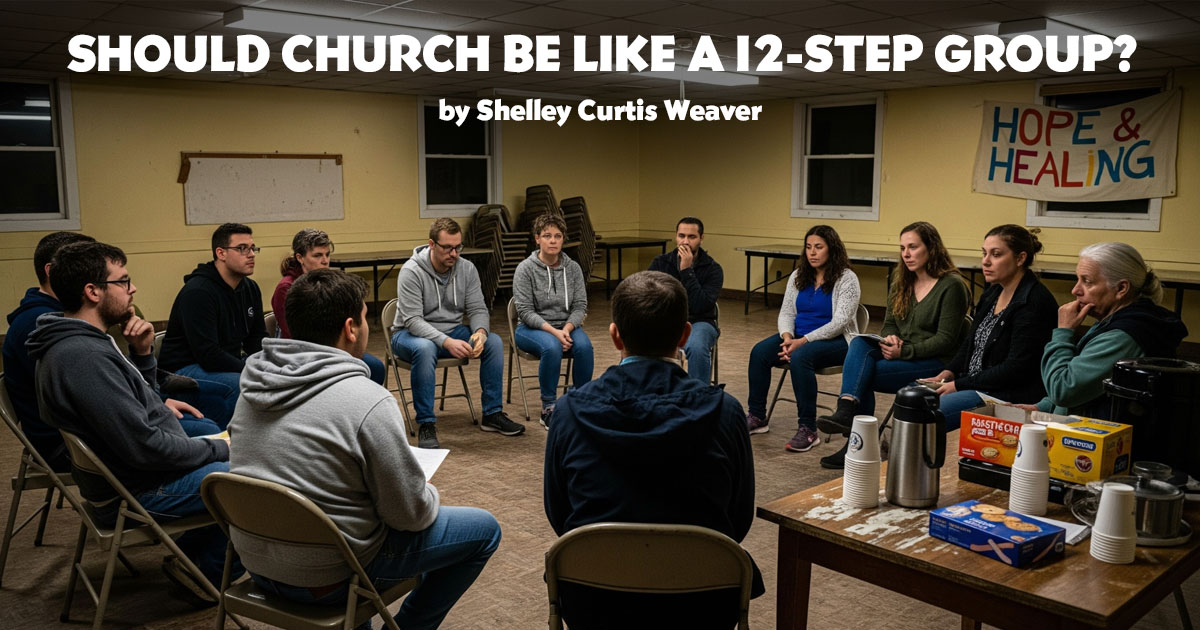Joe Stagg describes himself as “a stubborn fisherman” from the northeast coast of Newfoundland. Joe feels certain his wife has grown a pair of wings; he says, “She has to be an angel to have loved me so unconditionally for more than 40 years.” Though he willfully resisted God time and time again, Joe’s powerful story of redemption and grace shows how God patiently pursued him. Source: https://www.youtube.com/watch?v=RA9mYkNa_Dc
Into the Deep With Jesus
Have you ever felt like you’ve been working so hard, giving your all, but it still feels like you’re coming up empty? Honestly, I’ve been there too. Frustrated. Worn out. Ready to quit. Source: https://www.youtube.com/watch?v=99brGER0tsY
🌍 Adventist News Network – October 3, 2025: ADRA’s Humanitarian Response in South Asia & More Global News
 Adventist News Network – October 3, 2025: ADRA’s Humanitarian Response in South Asia & More Global News |
Adventist News Network – October 3, 2025: ADRA’s Humanitarian Response in South Asia & More Global News |
This week on ANN: |
· Earthquakes and floods place South Asia on high alert, prompting ADRA’s humanitarian response across three countries.
· In Australia, Adventist teachers cycle nationwide to raise awareness about suicide prevention.
· In Colombia, television evangelism reaches thousands and earns national recognition, while an award-winning short film highlights the creative excellence of an Adventist university in the United States. Plus, amid war in Ukraine, a young man finds hope through TikTok and chooses to follow Jesus.
· Stay tuned as ANN brings everything you have to know about what is happening in the church worldwide.
October 3, 2025: ADRA’s Humanitarian Response in South Asia & More Global News
On this episode of ANN: Earthquakes and floods place South Asia on high alert, prompting ADRA’s humanitarian response across three countries. In Australia, Adventist teachers cycle nationwide to raise awareness about suicide prevention. In Colombia, television evangelism reaches thousands and earns national recognition, while an award-winning short film highlights the creative excellence of an Adventist university in the United States. Plus, amid war in Ukraine, a young man finds hope through TikTok and chooses to follow Jesus. Stay tuned as ANN brings everything you need to know about what is happening in the church worldwide. For a deeper dive into these headlines, visit https://www.adventist.news ANN is the official news channel of the Seventh-day Adventist Church. Follow ANN on social media!
WhatsApp: https://www.whatsapp.com/channel/0029Vap6xVnLSmbezxbMpa18 Instagram: https://www.instagram.com/adventistnews/ Facebook: https://www.facebook.com/AdventistNews X: https://x.com/adventistnews Source: https://www.youtube.com/watch?v=tx7sYWP95D8
Do AA and Al-Anon Have the Steps to a Better Adventist Church?

by Shelley Curtis Weaver | 3 October 2025 | Whenever I talk with Adventists who have been in 12 Step recovery groups, they almost always say, “I wish my church was more like my 12 Step group.” One of the things that puzzled me most when I began attending 12 Step recovery meetings was their […] Source: https://atoday.org/do-aa-and-al-anon-have-the-steps-to-better-adventism/
- « Previous Page
- 1
- …
- 88
- 89
- 90
- 91
- 92
- …
- 7992
- Next Page »
